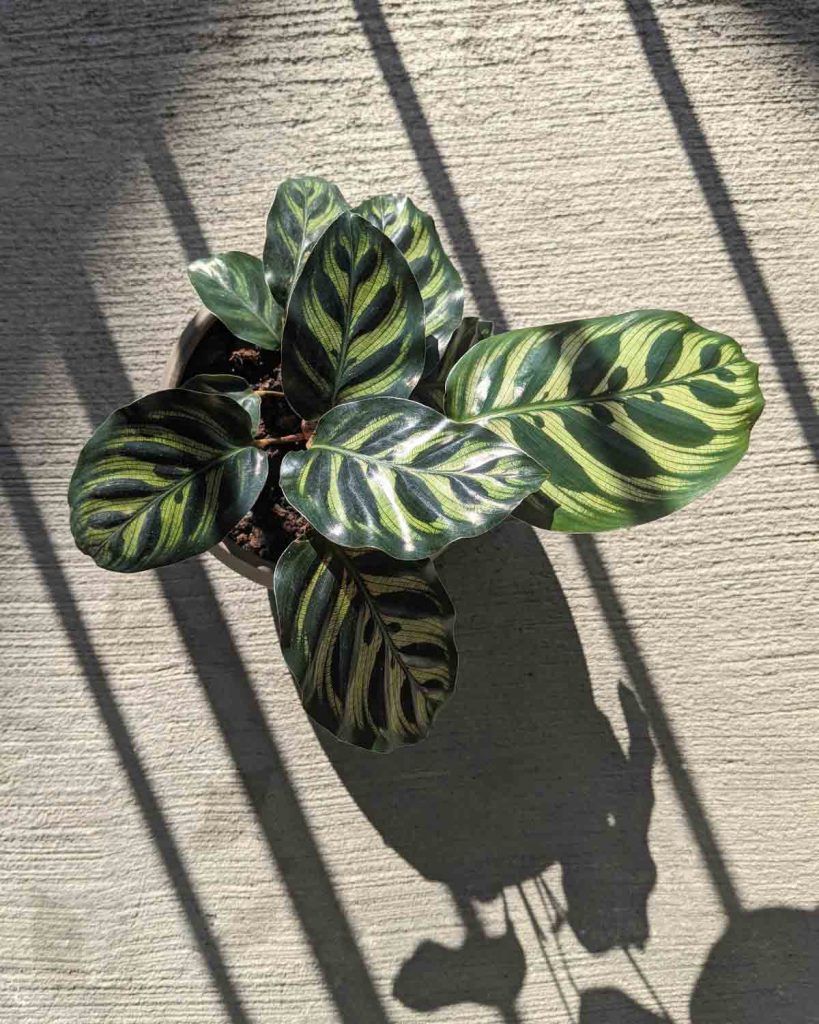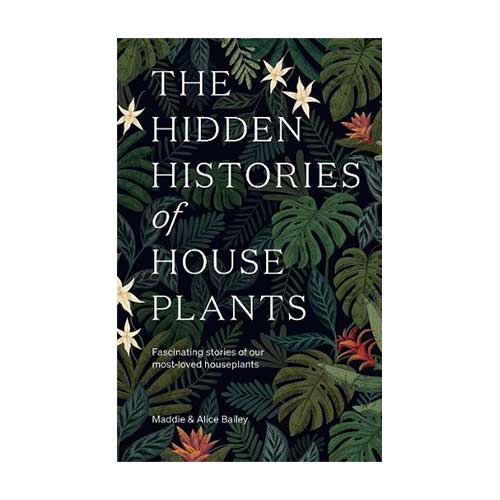Do you wish to decorate your home with beautiful indoor plants? Thinking about how to choose the right houseplant? Doing a little research before purchasing an indoor plant can help you to make the right choice. We are here to guide you with everything you need to know before buying your houseplants.

Sustainable and eco-friendly living has tremendous benefits for the psychological and physical health of human beings. According to this study, keeping houseplants reduces stress, promotes better health, and contributes to overall wellness.
In addition, indoor plants are great if you want to add a natural touch to your house. They also play an important role in elevating the aesthetics of your home décor. So how do you choose the right houseplant? Here are three best tips that will help you to choose the perfect houseplant for your space:
“Plants give us oxygen for the lungs and for the soul.” — Terri Guillemets | Picking The Right Houseplant Share on X1. Consider lighting and temperature in your room
First things first, before making your purchase consider the lighting and temperature in the space where you wish to keep your houseplant. This is very important and highly recommended. Why? Because these two elements are essential for the survival of plants. Search the internet to find information on the survival conditions of the plant you wish to purchase, compare them with your available space, and then decide. Extreme temperature fluctuations and insufficient lighting conditions can kill indoor plants.
Temperatures between 60-75 F are generally tolerant for most indoor plants. There are three basic types of plants:
• Bright-light – These plants require strong sunlight. Cacti and succulents generally originate from the desert and enjoy hot, dry conditions. If you’re lucky enough to have a bright sunny spot, grow aloes (Aloe vera, Aloe ‘Lizard Lips’) or echeverias, Panda plant (Kalanchoe tomentosa) these beautiful sun-loving plants will add texture and interest to any bright windowsill.
Alternatively, you could introduce a palm plant, such as the Cycad (Cycas revoluta) these palm like plants will tolerate harsh conditions, you can position them outdoors during the summer months.
• Medium-light – These plants can easily survive in partial or indirect sunlight. You can place them near windows. Generally, west-facing windowsills are a bit warmer and better suited to plants that like stronger sunlight.
If you have a spot that is in the partial sun you could try introducing Anthurium, these tropical looking plants are actually really robust, making them pretty difficult to kill. They can live a long time and will delight you with displays of waxy, bright blooms.
Retro favourite, the Swiss cheese plant (Monstera deliciosa) synonymous with the 1970s is well and truly back in vogue! You will need to allow it room to spread its stunning dark green leaves. Also making a comeback is the Ficus, Ficus benjamina, or weeping fig make superb foliage houseplants for partial sunny spots. Or you could go for a classic, undeniably pretty Orchid – moth orchids (Phalaenopsis) and Zygopetalum, they will reward your green-fingered efforts with vibrant flowers.
• Low-light – If you wish to place the plant in a space that does not receive enough sunlight, investing in low-light plants is the best option for you! Lower light levels mean that plants won’t dry out quite as quickly. There are lots of plants that thrive in shady corners, such as ferns! The Boston fern (Nephrolepis exultata ‘Bostoniensis’) can make a real statement, you do have to keep it watered regularly though.
Another option would be the Cast iron plant (Aspidistra) – a plant associated with the respectable middle classes as referenced in Orwell’s Keep the Aspidistra Flying. This plant gets its name from the fact it’s super-tough and tolerant of a wide range of conditions, aspidistras have been indoor favourites for more than a hundred years.
2. Choose the right space
This is another important aspect. Please consider the space before buying an indoor plant. Keep in mind that plants grow in size. If you live in a small apartment, invest in smaller and lighter houseplants. Don’t try to squeeze bigger plants between things – that hinder their growth and causes withering.
3. Consider the level of care that the plant requires
Some plants are low-maintenance and can tolerate different temperatures. On the other hand, some plants are high-maintenance and require constant care. Before purchasing one, think about the commitment, time, and care you can dedicate to your plant.

You might also enjoy…
The Hidden Histories of Houseplants explores some of the world’s most common houseplants, it’s a journey through time, social history and culture showcasing the most fascinating elements of each plant’s story.
SHOP
Photograpphy by Kae Anderson




